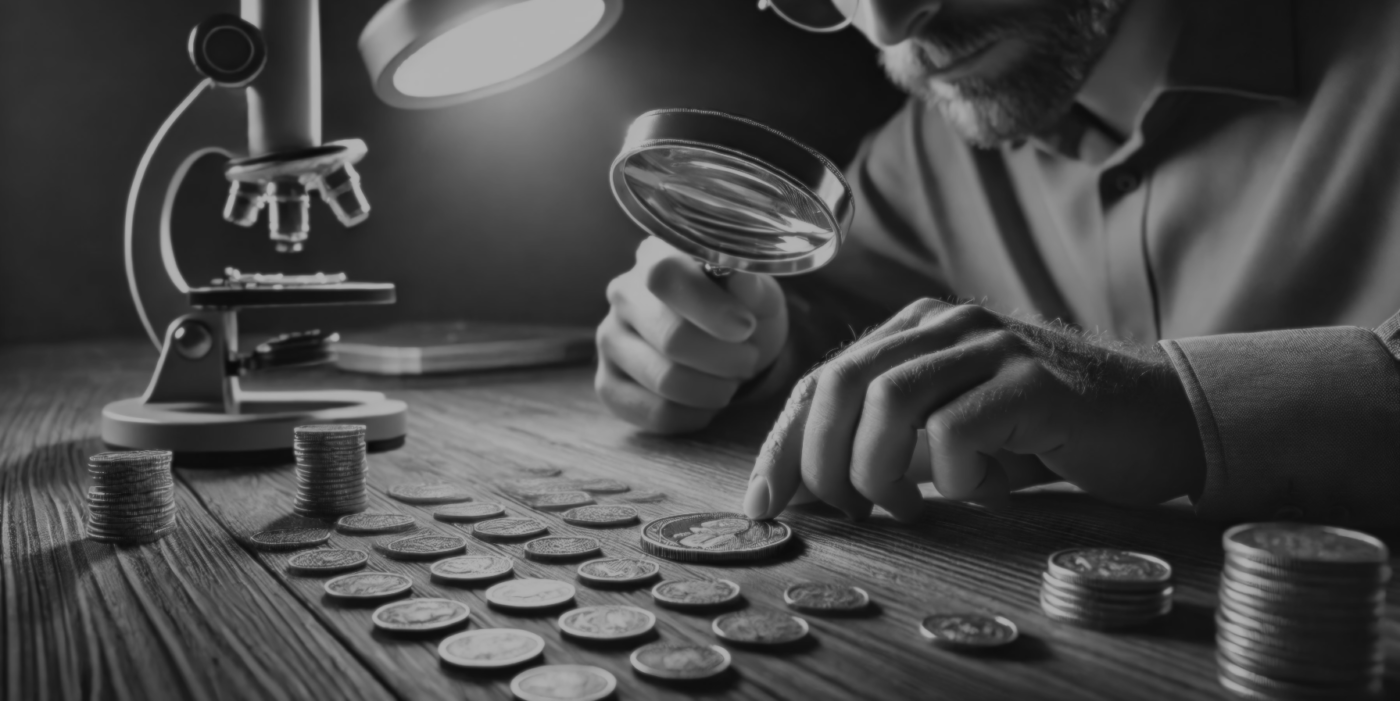How to Spot Counterfeit Coins
🕵️♂️ Counterfeit coins can pose a significant risk to collectors and investors. Identifying fake coins requires a keen eye and knowledge of authentic coin characteristics. Here’s how to spot counterfeits and protect your collection.
1. Examine the Coin’s Weight and Size
⚖️ Counterfeit coins often differ from genuine ones in weight and size. Use a precision scale to compare the coin’s weight with the standard specifications for that coin. Measuring the coin’s diameter and thickness can also reveal discrepancies.
2. Inspect the Coin’s Design
🔍 Compare the coin’s design details with known authentic examples. Look for differences in lettering, images, and overall craftsmanship. Counterfeit coins may have blurred details or inconsistencies in design elements.
3. Check for Metal Composition
🧪 Genuine coins are made from specific metal alloys. Use a metal testing kit or X-ray fluorescence (XRF) analyzer to check the coin’s composition. Counterfeits may use different metals or alloys that do not match the genuine coin’s specifications.
4. Use Magnification
🔬 Employ a magnifying glass or jewelers’ loupe to inspect the coin’s surface closely. Look for signs of casting lines, poor engraving, or irregularities that may indicate a counterfeit. Authentic coins typically have finer, well-defined details.
5. Seek Professional Authentication
🧑⚖️ When in doubt, consult a professional numismatist or use a certified grading service for authentication. These experts can provide a thorough examination and verify the coin’s authenticity, ensuring you avoid counterfeit issues.
Disclaimer: The information provided in this blog post is for educational purposes only and does not constitute financial or investment advice. Always verify the authenticity of coins through professional services to avoid counterfeit risks.

